How My Brand Went Viral: 16 Small Brands That Made It Big (And What You Can Learn)
You don’t have to be in marketing to know what it means to “go viral,” but the dream of saying, “My brand went viral”? — That’s definitely unique to our profession.
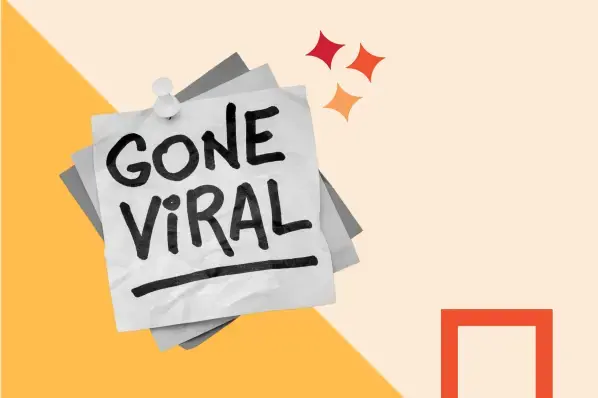
You don’t have to be in marketing to know what it means to “go viral,” but the dream of saying, “My brand went viral”? — That’s definitely unique to our profession.
Marketing managers are even credited with coining the phrase back in the 1980s, but it’s safe to say a lot has changed since then.
“Going viral” is slowly giving way to “becoming a meme” these days, but either way, we mean getting lots of attention on the Internet, especially on social media.
Think the 10,000 retweets Oreo got on its famous “You can still dunk in the dark” Super Bowl tweet in 2013 or the 154 million views Solo Stoves' covert collaboration with Snoop Dogg generated in 2023.
But let’s be honest; these big brands have it easy.
Global brands have agencies and well-staffed marketing teams standing by to pounce on current events and trends. Plus, they have large, established audiences paying attention and ready to spread timely content.
What are the little guys supposed to do? How can we grab some of the viral glory? Let’s talk through how 16 small (or formally small) brands made it happen and what you can learn from their stories.
16 Small Brands That Went Viral On Social Media
1. Janet Heller Fine Jewelry
Everyone’s still talking about the Paris Summer Olympics — and not just about the athletes.
After winning gold in the all-around gymnastics final, gymnast Simone Biles showed off a diamond-studded gold goat pendant (representing being the GOAT or “Greatest Of All Time”) to cameras.
And then, of course, fans everywhere wanted their own.
The pendant was custom-made for Biles by Janet Heller Fine Jewelry, a jeweler of 15 years based in Southern California.
After Biles’ win, Heller received thousands of requests for the pendant but will not be replicating it. She explains, “The goat can't be replicated. Simone is one of a kind."
While Heller won’t be selling more goats, the attention she received from the piece has been overwhelming.
She told ABC News affiliate KABC, “I've made many gorgeous pieces for many beautiful people, but I have to say that this is probably the pinnacle of my career so far.”
The lesson on how to make your brand go viral? Showcase your talent in unique ways.
Sure, we can’t all get legendary athletes to show our product on globally watched television events. Sucks, I know.
But let’s dial this back to what business owner Janet Heller did do: She made something different. Heller offers lots of beautiful jewelry on her website, but Biles’ commission was unique and memorable.
It’s easy to look past products that are just like everything else out there, but if you make something people have never seen before, you’re one step closer to grabbing attention, getting shared, and going viral.
2. Mike Hege & Pridemore Properties
In July 2024, Mike Hege, a real estate agent at Pridemore Properties, asked his 27-year-old marketing manager to edit a video of him to put on his social media.
What they made was a compilation of outtakes of Mike breathing, thinking, and essentially “Millennial pausing.”
The Gen Z marketing manager proceeded to post the video to the company’s Instagram page with the caption, “Asked my Gen Z employee to edit a video for me, and this is what I got!” and the Internet loved it.
As I write this, the video has over 5.3 million likes on Instagram and almost 150K views on TikTok.
It has even sparked a trend thousands of brands have participated in, including one of my favorite local restaurants in Connecticut, Haven Hot Chicken:
The lesson on how to make your brand go viral? Humanize your brand.
Looking at Pridemore’s Instagram account, it’s clear the team is no stranger to creating light-hearted content — and this is by design.
Hege explained to TODAY.com that the team wants to expand its social media presence beyond content focused on North Carolina real estate and often shows their humanity in their content.
He shared, "We want to help people through the process of finance and real estate. [Our editor] tries to convey that we can have a good time, are real people, and have fun and be on the lighter side.” Clearly, it worked.
Learn more about humanizing your brand in our article, “How to Humanize a Brand: 15 Best Tips for Humanizing Your Voice.”
3. Dominique Ansel Bakery
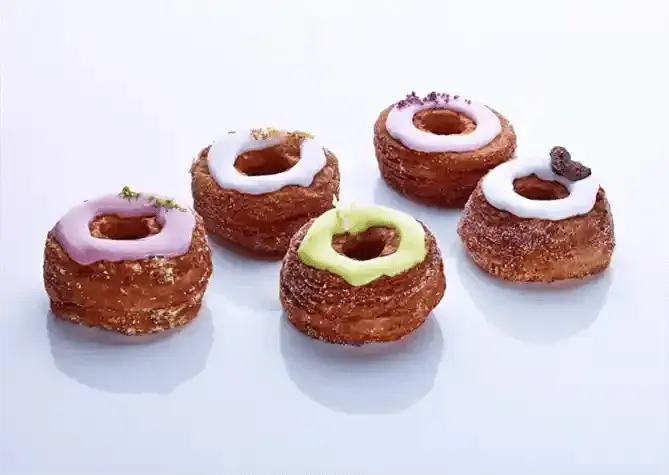
Pastry chef Dominique Ansel was not very familiar with doughnuts when someone pointed out that his New York bakery didn't have one on the menu.
Originally from France, he grew up eating croissants. So, taking the inquiry seriously, Ansel returned to his roots and invented a new twist on the doughnut — the Cronut.
In 2013, Ansel's Cronut gained steam after a food blogger from Grub Street documented their experience. Traffic to the bakery website rose by more than 300%, and hundreds lined up daily to get their hands on the trendy pastry.
The lesson on how to make your brand go viral? Capitalize on exclusivity.
Initially, each batch of Cronuts took Ansel's team three days to prepare, which meant the numbers were limited.
Now, a decade later, you can join a pre-order list or place an order, but you'll still find a line outside of Ansel's bakery (really), hoping to get a hold of one of the 350 made fresh daily.
Because quantities are limited, getting a cronut is a delicious bragging right and an exclusive experience, which makes people want it even more.
If you’re wondering how your brand can go viral, try limiting production of or access to your offering to build hype. The scarcity effect can be a powerful marketing tool.
Learn more about it in our article, “The Scarcity Principle: How 7 Brands Created High Demand.”
4. Lala Hijabs
Nothing says “2020s” like the story of Lala Hijabs.
Sana and Will Saleh are a young married couple with two children who grew quite an audience on TikTok sharing videos about their everyday lives as Muslims in America and an interracial couple.
During the COVID-19 pandemic, both Salehs lost their jobs.
But when they realized the handmade tie-dye hijabs (head coverings or scarves worn by some Muslim women in public) that Sana occasionally wore in their videos were getting a lot of attention, they decided to use their life savings to start a business.
They explained, “When people began asking where we got [the hijabs] from, we decided to hype up the business before we even began forming it — people loved it and anticipated the huge launch!”
Since its launch, the family-owned business has gained over 145K followers and 4.4 million likes on TikTok, with 60% of its sales coming through the app. It also has over 27 million followers on Instagram.
The lesson on how to make your brand go viral? Build a community first.
We’ve heard it time and time again. Communities foster brand loyalty and deeper customer relationships for businesses, and that has proven very true with Lala Hijabs.
The Saleh Family had already been on TikTok for about a year before they had the idea for the business. But once they did, they already had a hoard of customers lined up for their product and rooting for their success.
How do you build a community exactly? Here are a few resources to help you get started:
- How to Build a Successful Online Community: A Step-by-Step Guide
- Building a Community Management Strategy That Actually Creates Connection
- The Ultimate Guide to Community Management [According to Experts Who Do It Daily]
5. Cards Against Humanity
Cards Against Humanity — the self-proclaimed “party game for horrible people” did not come from some hip Silicon Valley incubator.
Instead, it was the brainchild of eight high school friends from Chicago, with the goal of “being funny and having people like us," co-creator Max Temkin explained.
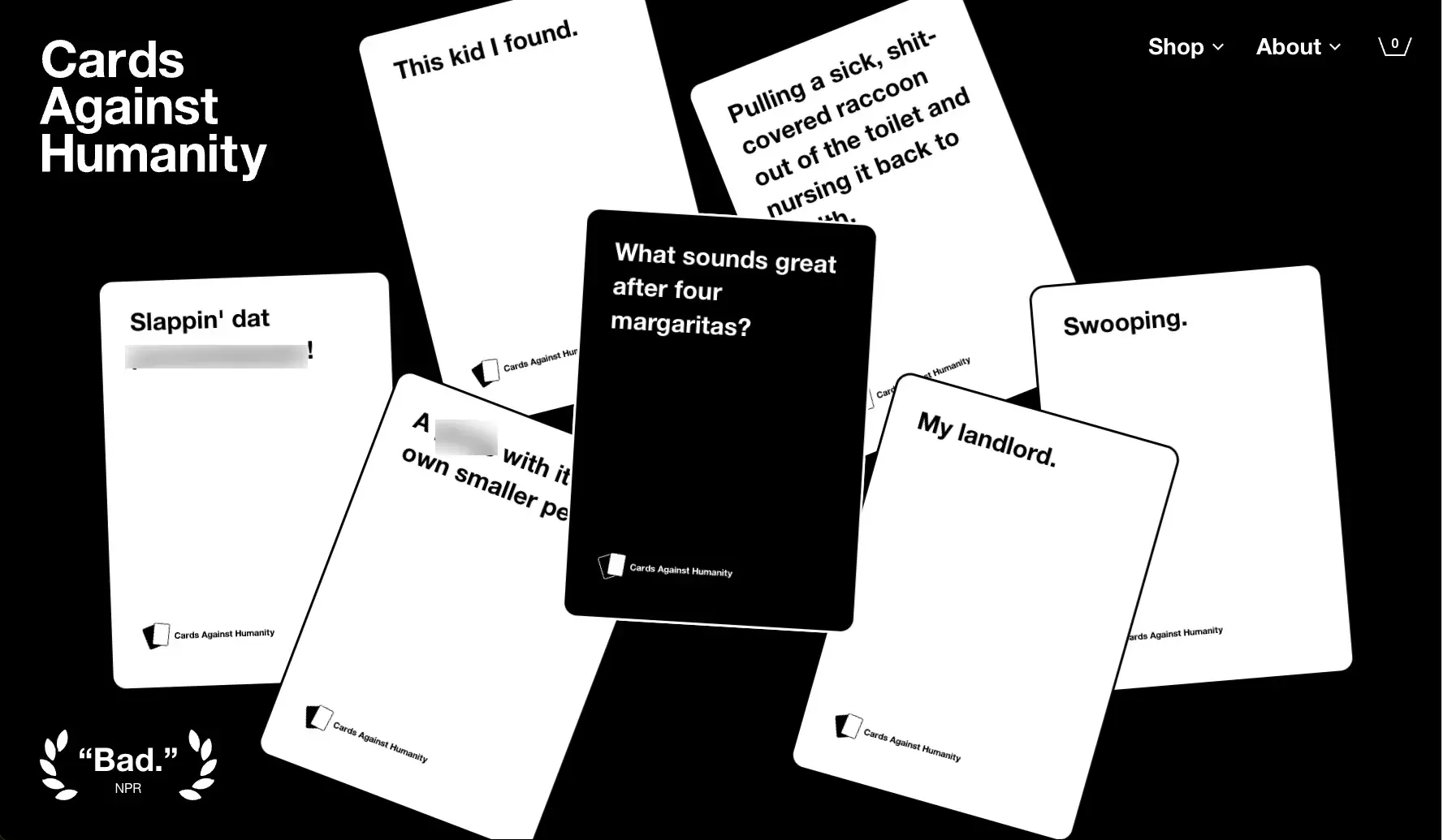
The product has been available for free download on their website since day one. Eventually, they started a Kickstarter campaign to print the cards for sale as well.
The team raised 400% of its original $4,000 goal and became the number-one game on Amazon within a month of its 2011 launch.
The lesson on how to make your brand go viral? Establish your brand and stay true to it.
Cards Against Humanity has always touted itself as the game for misfits, and that unorthodox brand is carried throughout its marketing.
In 2013, they ran a satirical anti-Black Friday sale where they actually increased the price of the game, saying “Today only! Cards Against Humanity products are $5 more. Consume!” Their sales inexplicably increased.
In 2016, their Black Friday campaign featured a live video of the company "digging a holiday hole“ and asking people to donate to its ”cause." They raised close to $30,000 with the stunt.
And in 2017, they launched their first-ever Super Bowl ad featuring nothing but a potato and a clever article about why the ad “failed.”
Cards Against Humanity is one of the clearest cases of knowing and staying true to your brand. Their copy, creative, and campaigns are unapologetically their own, just like the game.
It’s a brand that speaks to its audience and, as of 2023, Cards Against Humanity is a $500 million company.
Learn more about establishing your voice in “Creating Your Brand Voice: A Complete Guide.”
6. Metro Trains Melbourne
Even 11 years later, there’s a good chance you’re already humming this catchy little viral song in your head. It’s ok, so am I.
Melbourne’s metro system wasn’t a small brand per se, but it certainly wasn’t global when it launched the "Dumb Ways to Die" (DWTD) safety campaign.
Before the campaign, the organization had information at stations, but nothing really elicited positive changes in behavior, so tried something different.
They brought on the agency McCann Melbourne to help, and DWTD was born.
By April 2014, the campaign had been viewed 77 million times on YouTube (Today, it’s 312 million). The accompanying game became the number one free app in 101 countries. In six weeks, DWTD had garnered an estimated $60 million in earned media.
The most important change that came out of the campaign? A 21% reduction in railway accidents and near misses.
The lesson on how to make your brand go viral? Start outside your target audience.
Reflecting on the campaign‘s inception, Metro Trains’ Chloe Alsop explained, “We kept returning to the same thing: it's really hard to get hit by a train. Wrong or careless behavior is required.”
So, rather than crafting something serious or heartbreaking, as so many safety videos would, they went with a memorable and shareable campaign that earned worldwide attention.
This global impact approach was actually by design.
McCann created the original campaign using North American voices and characters because they believed “the video had to go viral first, later it would catch the attention of the real target audience.”
Today, the campaign has become a franchise used by metro transit around the world. The takeaway for us? As McCann spokesperson John Mescall says, “It used to be ‘Think global, act local.' That's no longer true; we need to think and act globally.”
7. Saucemoto
Saucemoto is another Kickstarter success story by none other than a company that produces a plastic sauce holder that plugs into a car's air vent. They earned attention on the crowdfunding platform in 2017 with an innuendo-filled video.
The campaign sought $10,000 and netted $63,308 while gaining over 50 million views across social media. Two years later, it scored a $45,000 deal with Kevin O’Leary on ABC’s “Shark Tank.” As of 2022, the company was valued at $200,000.
The lesson on how to make your brand go viral? Use humor.
Both Saucemoto’s Kickstarter video and their Shark Tank pitch were filled with jokes poking fun at how “absurd” the product was. But that humor grabbed people’s attention and made them listen.
The truth is that Saucemoto solves a real and relatable, albeit silly, problem, and if they hadn’t used humor to capture people’s interest, they might not have seen the same level of growth and popularity.
8. Datz Deli
Datz Deli was just a small, family-run corner store selling snacks and a variety of Caribbean and Guyanese dishes in Jamaica, Queens, New York, when owner Joshua Dat opened its doors in December 2022.
But then Johnny Eats posted his now famous TikTok video about the location’s signature “Mac Patty” — a Jamaican beef patty sliced, placed between coco bread filled with mac and cheese and topped with meat and sauce of your choice — and there was no turning back.
The video generated 1.3 million views, and the sandwich became the subject of hundreds more.
By August, Dat reported selling more than 10,000 sandwiches a month, roughly 400-600 a day and was projected to bring in over one million dollars in his first year in business. “We don’t sleep anymore,” Dat told Eater.
The social media hype caught the attention of Business Insider, CNBC, and The Kelly Clarkson Show, among others.
Today, Dat has opened a second location in Manhattan and plans to expand to other major cities. He also continues to sell out regularly — Trust me, I went last month, and they were already out of the jerk chicken option. I was heartbroken.
The lesson on how to make your brand go viral? Collaborate with influencers
During his interview with Kelly Clarkson, Dat recounted how he collaborated with food blogger Johnny Eats to create the video that would ultimately set the “Mac Patty” trajectory in motion.
Eats got new, unique content for his platform, and Dat was exposed to Eats’ audience of over 220,000 followers across social media.
Having only been open for a few months, this was a smart and invaluable partnership for Dat.
Want to learn more about collaboration and co-marketing? Check out these resources:
- What Is Co-Marketing? A Guide to Co-Branding Marketing Campaigns
- Influencer Marketing Strategy Checklist & Template
- 21 Examples of Successful Co-Branding Partnerships (And Why They're So Effective)
Bonus: Get personal.
While Johnny Eats’ video was the catalyst for the deli’s media attention, the family’s personal touch is what they continue to highlight in videos, interviews, and articles.
Customers regularly praise the team's kindness and hospitality, even during long wait times and crowds.
Furthermore, Dat started the business to give his father something to call his own and to create stability and structure for his entire family, a goal he is very open about.
His personal, human story is one that people from all walks of life connect with and want to support.
9. Chubbies
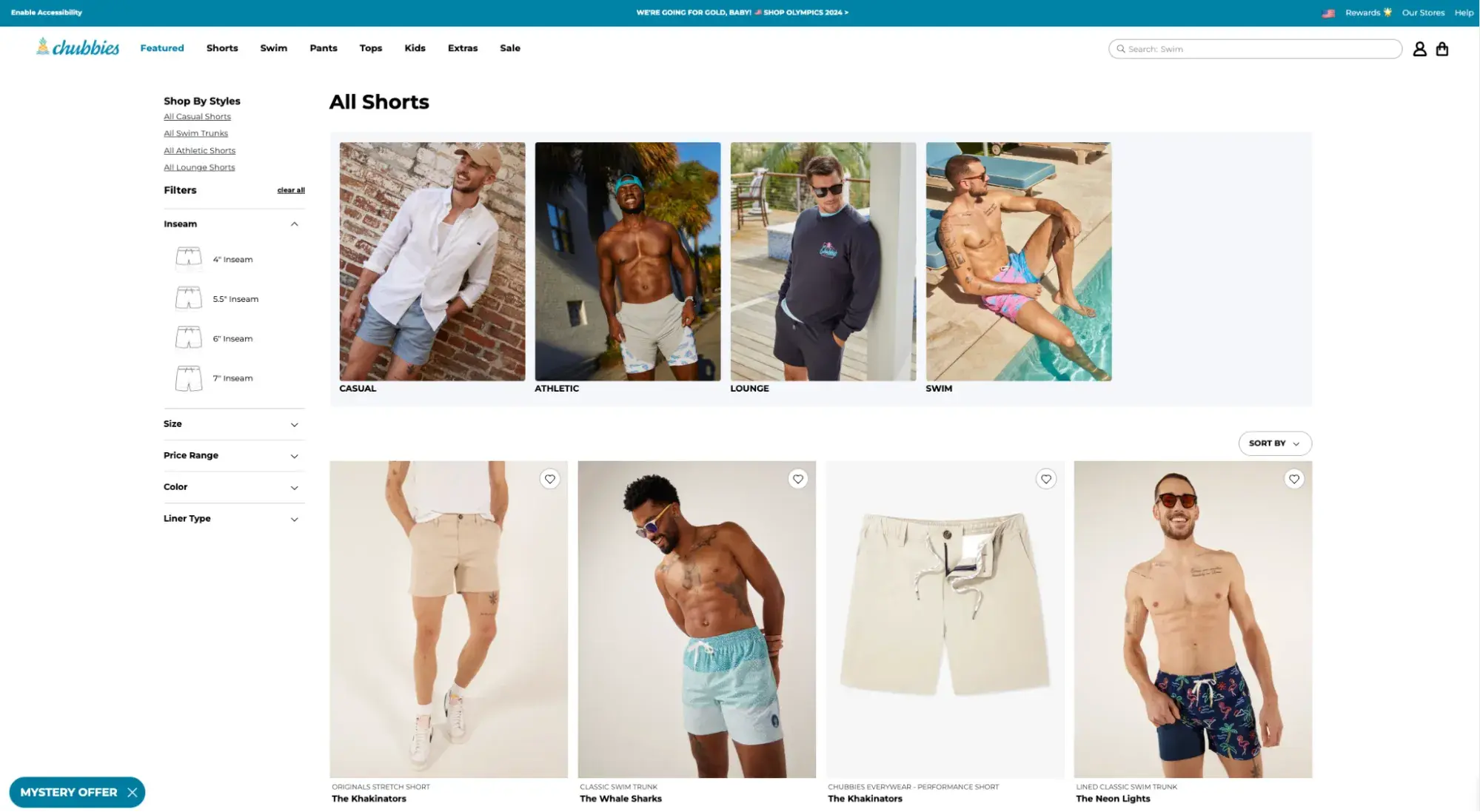
Love ‘em or loathe ‘em, Chubbies have left their mark on the apparel industry.
The founders are four Stanford buddies who bonded over their mutual love of short shorts and the belief that “if you had a really cool pair of shorts, people would talk about it."
After testing their idea for Chubbies at a Fourth of July beach party, their website launched in September 2011 without a big-budget campaign. They simply started by emailing college fraternity presidents, and they sold out in days.
Today, they generate over $13 million in revenue.
The lesson on how to make your brand go viral? Ditch the formality.
Witty emails, unapologetic copy, and “bro-friendly” photography set them apart, and their guerilla-style email tactics spread the Chubbies name and product through college towns everywhere.
Their voice, and style were casual and informal — just like their product. This caught people’s attention and kept it even as they grew, expanded their offerings, and were acquired.
When trying to go viral, especially on social media, this laidback approach grabs far more attention than sounding corporate and professional.
10. Love Your Melon
Love Your Melon is a brand I was introduced to by an old teammate many years ago, and I've been a fan of it ever since.
The hat and apparel brand started in 2012 as a part of a class project for Zachary Quinn and Brian Keller, two students at the University of St. Thomas in Minnesota.
Quinn and Keller set up a stand outside of Quinn’s family restaurant with 400 hats. He promised that for every 200 hats they sold, one would be donated to a local child with cancer. They sold out in two days.
As Forbes detailed, “Within a week, word of Quinn and Keller’s mission went viral. Their Facebook page blew up. Orders came in one after the other, doubling every time."
"Within a few months, Quinn had dropped out of college, and Love Your Melon had morphed from a class project into a full-fledged start-up with the simple goal of putting a hat on every child battling cancer in America.”
Today, Love Your Melon’s website claims they have donated nearly $10 million to children’s cancer and put over 270,000 beanies on children battling it. The brand continues to donate $1 for every product they sell.
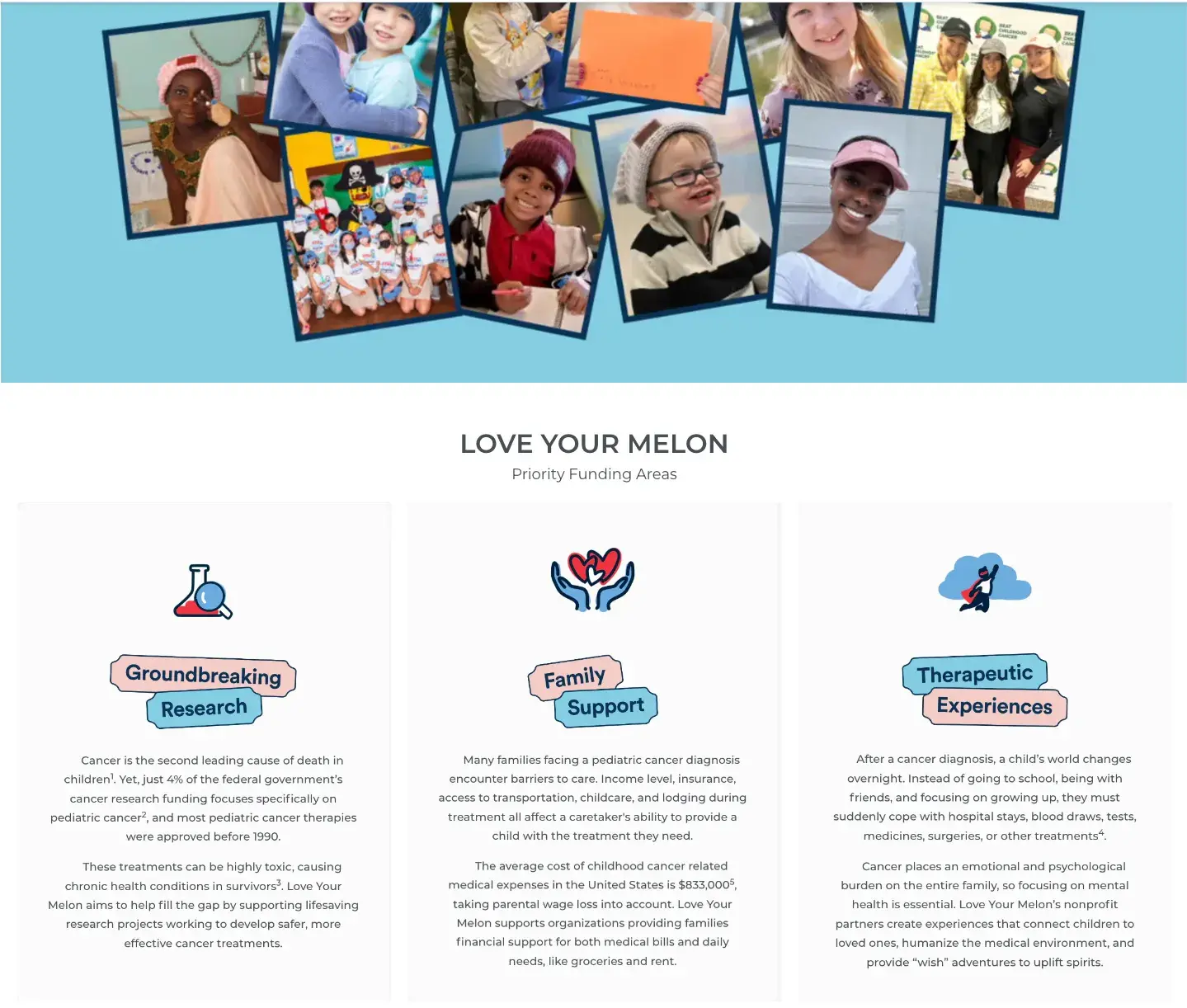
The lesson on how to make your brand go viral? Highlight your cause or mission.
Anyone who owns a Love Your Melon product will rave about their quality and comfort, but there are no shortage of imitations on Etsy and Amazon.
What sets the company apart is their mission. When you buy a Love Your Melon product, your dollar isn’t just going to a cold retailer; it’s going towards helping children and families in need with the goal of eradicating Cancer.
You should not just embrace a cause or mission to go viral — people can sense that inauthenticity from a mile away.
However, if you have something that genuinely fits your offering or brand value, using your platform and resources gives your audience something greater to get behind.
11. Chatbooks
A four-minute viral video? That’s pretty unheard of in today’s 30-second Reel world, but it paid off for Chatbooks.
The video that put Chatbooks on the map showed viewers how to use the then-new app that turns their social media photos into albums via a funny, matter-of-fact mom running errands and spending time with her kids.
Chatbooks sold 1 million subscriptions in its first 18 months, racked up over 1 million views on YouTube, and has over 400,000 “likes” on Facebook. They also continue to post honest, pain-point-driven videos featuring the same now-recognizable mom.
The lesson on how to make your brand go viral? Showcase relatable pain points.
Why was Chatbooks video so successful? They nail their buyer persona and the problems they face.
The video features a busy, realistic mom. She speaks to the audience with all the advice, sarcasm, and "I get it, I've been there,“ relatability you'd look for from a fellow cool mom. It closes with a catchy tagline: ”Done is better than perfect."
It's easy to phone in your user personas, targeting general groups, but Chatbooks went the extra mile.
They clearly considered how their persona thinks, what she worries about, how she's spending her time, and how photos figure into her hectic schedule.
The result? A video their target audience couldn't help but share.
12. National Cowboy and Western Heritage Museum:
The National Cowboy and Western Heritage Museum is a museum in Oklahoma City that celebrates the history of the American West and Native American art.
Like most of us, it was forced to close its doors during the 2020 COVID-19 pandemic, but a small team, including head of security Tim Tiller, still watched over the grounds.
Tiller was recruited to run the museum’s social media while it was closed, and the internet fell in love.
A social media novice at the time, Tiller’s humor and behind-the-scenes photos across Twitter, Instagram, and Facebook drew thousands of likes and comments.
And today, the museum has over 400,000 followers across its Twitter, Instagram, and Facebook profiles.
The lesson on how to make your brand go viral? Hone in on a “creator.”
People follow brands on Instagram but are more likely to follow and engage with other people, especially people they care about and like.
A smart way for your business to capitalize on this is to recruit specific creators, like Tiller, to appear regularly in your content.
These individuals are like your “spokespeople,” giving your audience someone human to recognize and root for rather than just a cold, faceless brand.
In this scenario, the brand went viral because people were no longer just following a museum with lifeless artifacts; they were following a friendly face with a personality in Tiller.
Note: My teammate Meg Prater, who grew up in Oklahoma, can confirm Tiller remains a local hero and is the subject of much merchandise.
13. Mohawk Chevrolet
Mohawk Chevrolet, a car dealership in Malta, New Jersey, went viral after starting a spoof of the popular series “The Office” on its social media.
Episodes of “The Dealership” drop on the company’s TikTok every Tuesday, and they’ve generated over one million likes and 150k followers on the platform.
They are certainly not the first to parody the series, but they are arguably one of the most successful, grabbing the attention of USA Today and Complex, among other media outlets.
It even inspired other brands to start their own spoofs, including Pridemore Properties, which we talked about earlier.
The lesson on how to make your brand go viral? Use popular culture to connect with your audience.
Mohawk Chevrolet may have made it big with “The Dealership,” but they are no strangers to poking fun at popular culture in their content. Scroll down their feed, and you’ll find videos influenced by HBO’s “Game of Thrones” and the “Star Wars” franchise.
Using pop culture or current event references is a fun and memorable way to grab people’s attention and show personality.

This is a fun and easy way to resonate with your audience and make them want to work with you. So, get creative.
14. Eva Kor and Candles
In 2017, BuzzFeed did a profile on Auschwitz survivor Eva Kor and her Holocaust memorial museum, Candles, in Terre Haute, Indiana.
Before the video, the museum was quite small and had suffered its share of hardship. However, the profile gave Kor a global platform to share a story of heartbreak, bravery, and remembrance that connected with millions.
After its publication, a visit to the cherished local museum became a must, and many shared their experiences on social media. Many people in Terre Haute will enthusiastically tell you about their first time at Candles.
Now, millions of people know about the museum and get to spread that message.
In 2019, two Indiana natives teamed up with PBS to release a documentary highlighting Kor’s legacy.
The lesson on how to make your brand go viral? Share a human story.
Everyone has a story to tell. Candles' story is one of strength, passion, and perseverance — feelings everyone can relate to.
By telling your story and what motivates your business, you may also capture the hearts and attention of the masses.
15. Liquid Death
Liquid Death is far from a small brand now, but when it was started in 2017, it was a bit of an anomaly.
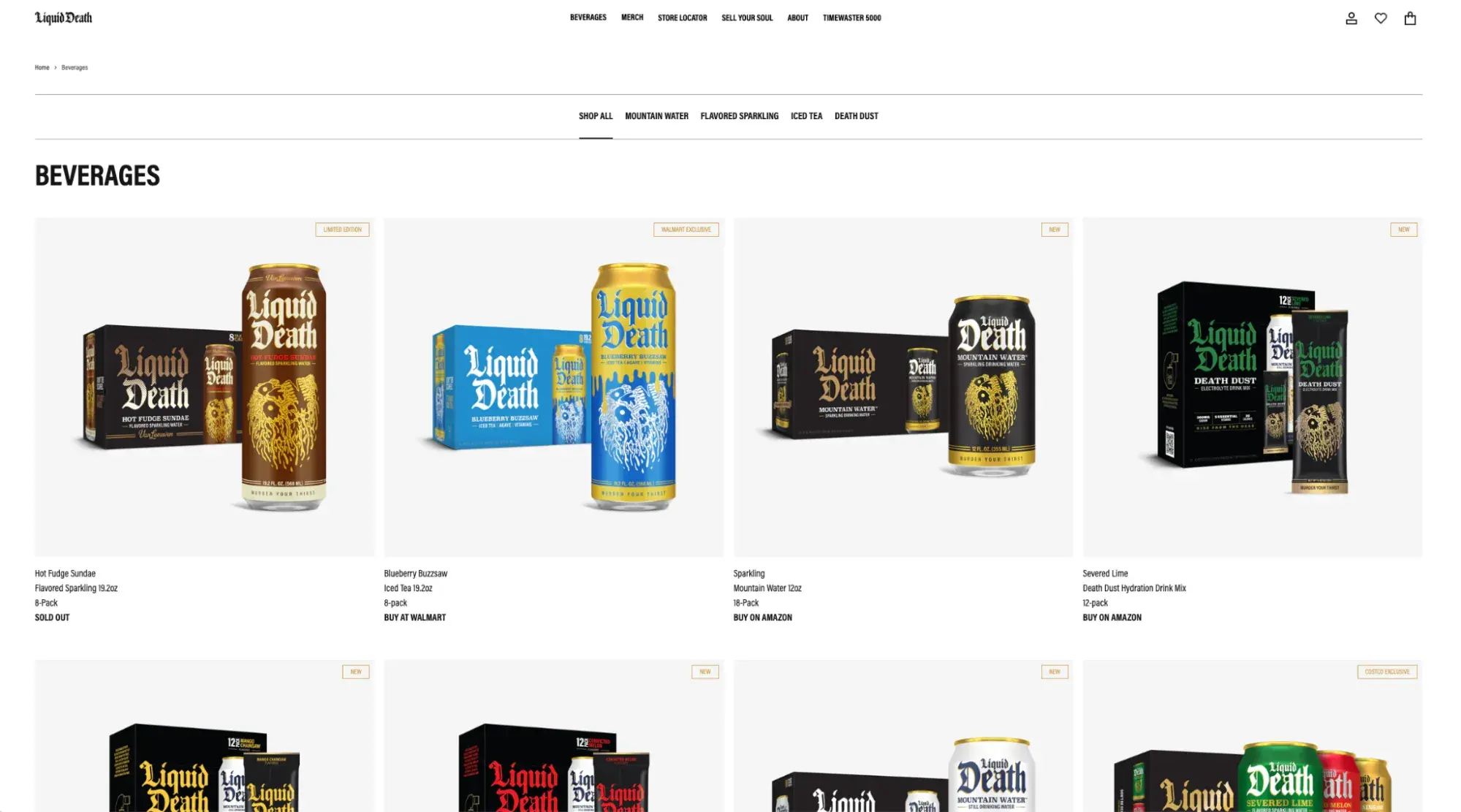
It was water — just like Poland Spring or Aquafina — but it was distributed in a can rather than a plastic, see-through bottle, and it was marketed like alcohol. It wasn’t anything new, but at the same time, it was.
Gen Z and millennials loved it.
The brand has over three million followers and 5.2 million on TikTok, and, according to NBC News, it is valued at about $1.4 Billion.
It is also reported that Liquid Death “hit $263 million in global sales and can be found in 113,000 retail outlets across the U.S. and U.K.”
The lesson on how to make your brand go viral? Challenge the norm.
It’s safe to say Liquid Death isn’t like other purified water brands.
Forget images of lakes and rivers. Liquid Death uses skulls and rock stars like Ozzie Osbourne. It even has a digital “Murder Head Death Club” filled with NFTs and merchandise giveaways for fans to enjoy.
It’s more of a lifestyle than just water, and that’s what makes it stand out.
Brad Avery, senior reporter for industry news group BevNET explained to NBC:
“When you look at branding in the bottled water category, so much of it has revolved around themes like the purity of the water, superior levels of hydration, etc. Liquid Death took off in part because it was a subversion of all the tropes of bottled water marketing that we’re familiar with.”
As sober and alcohol-free lifestyles become increasingly popular in the United States, especially among younger generations, Liquid Death’s marketing wants consumers to know that healthy alternatives can still be fast-paced and exciting.
16. Dollar Shave Club
We can’t talk about small brands that went viral and not mention Dollar Shave Club (DSC).
At this point, the razor company’s inaugural video from 2012 is a legendary case study in video marketing.
Co-founder Michael Dubin wrote and starred in the video and had a friend shoot it in a single day for less than $4,500.
It spoke flawlessly to common shaving pain points, poked fun at the company, and announced to the world that it was ready to shake up a previously forgettable industry.
90 minutes after the video went live, the company's servers crashed due to all the traffic the video generated. Over the next two days, DSC received 12,000 orders.
DSC was bought for $1 billion in 2022, and today, its “Our Blades Are F***ing Great” video has 28 million views.
The lesson on how to make your brand go viral? Make a boring industry exciting.
Shaving has always been a part of life; it’s not really something worth talking about with your friends, but DSC made it one with its marketing.
Its video, candid voice, and revolutionary solution (quality razors shipped straight to your door for just $1) breathed new life into the shaving industry. These were all novelties worth sharing and talking about.
Not to be the bearer of bad news, but there’s no guarantee that your brand will ever go viral.
In most cases, it’s luck by chance or even an algorithm. The best thing you can do is to use the tips and lessons learned from these 16 brands to continuously create high-quality, original content and deliver great products and services.
Sound like a lot of work? Honestly, it’s what you should be doing anyway.
With this approach, if and when your small brand goes viral, people won’t just share or notice you and disappear. Rather, they’ll stick around because they know you have something valuable to offer.
![]()
What's Your Reaction?







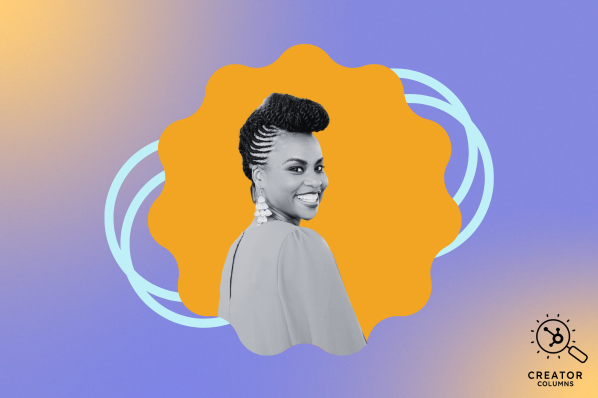
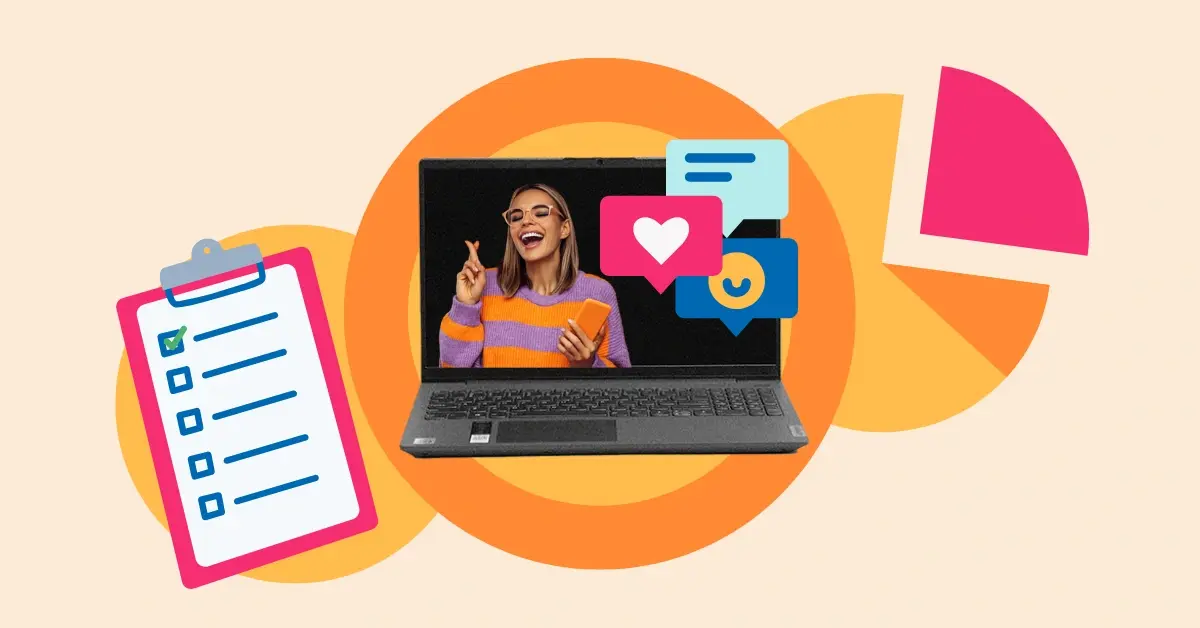
![13 YouTube Description Templates That Have Helped Our Videos Go Viral [+ Examples]](https://www.hubspot.com/hubfs/youtube-description-template_8.webp)









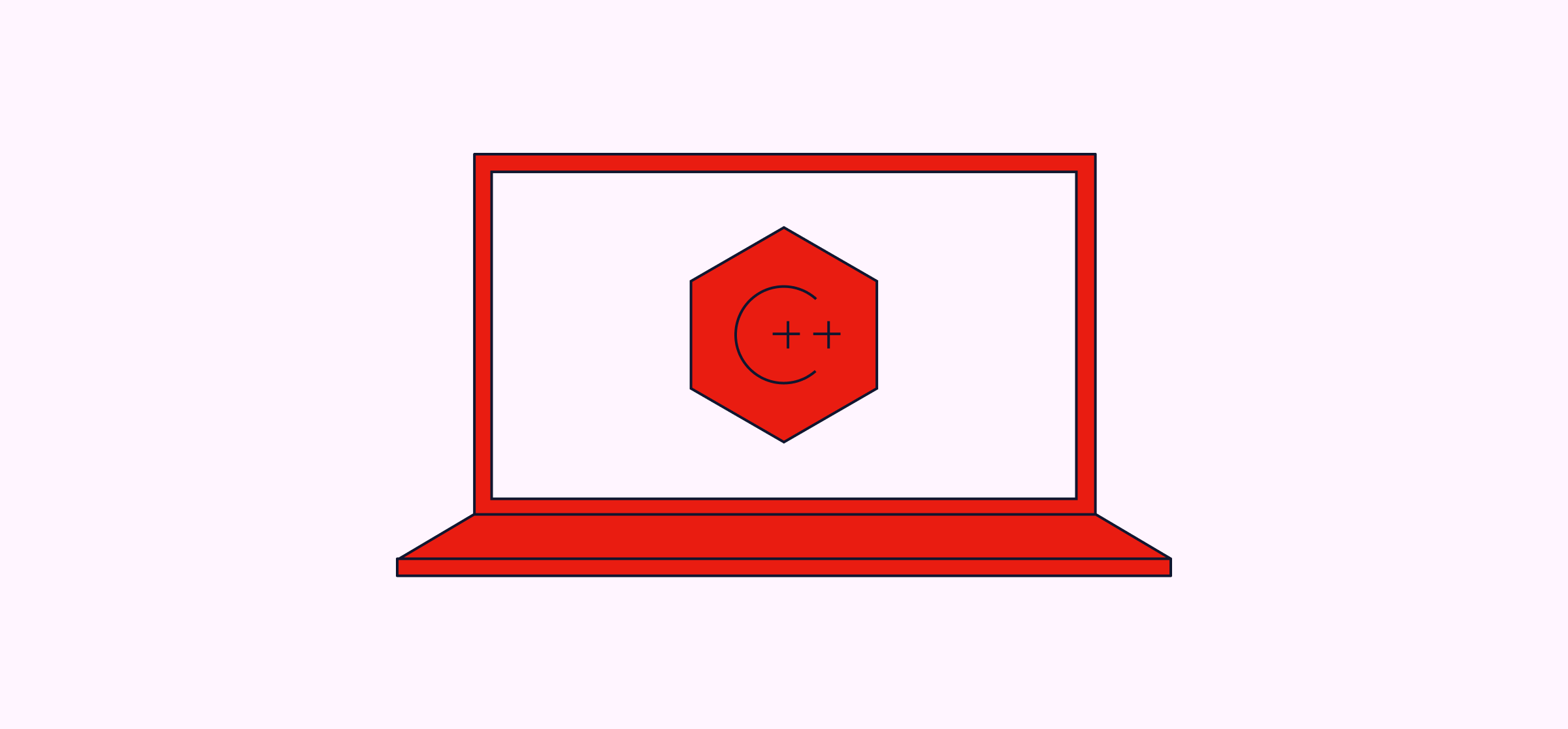





















.png)








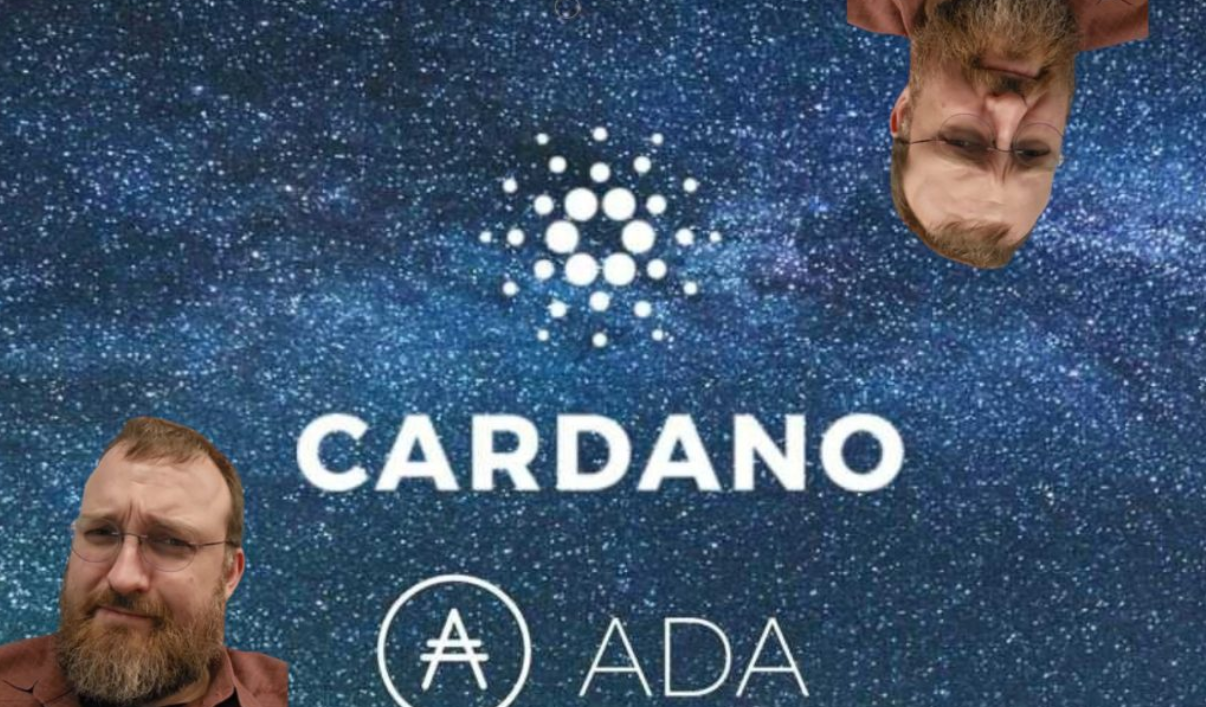
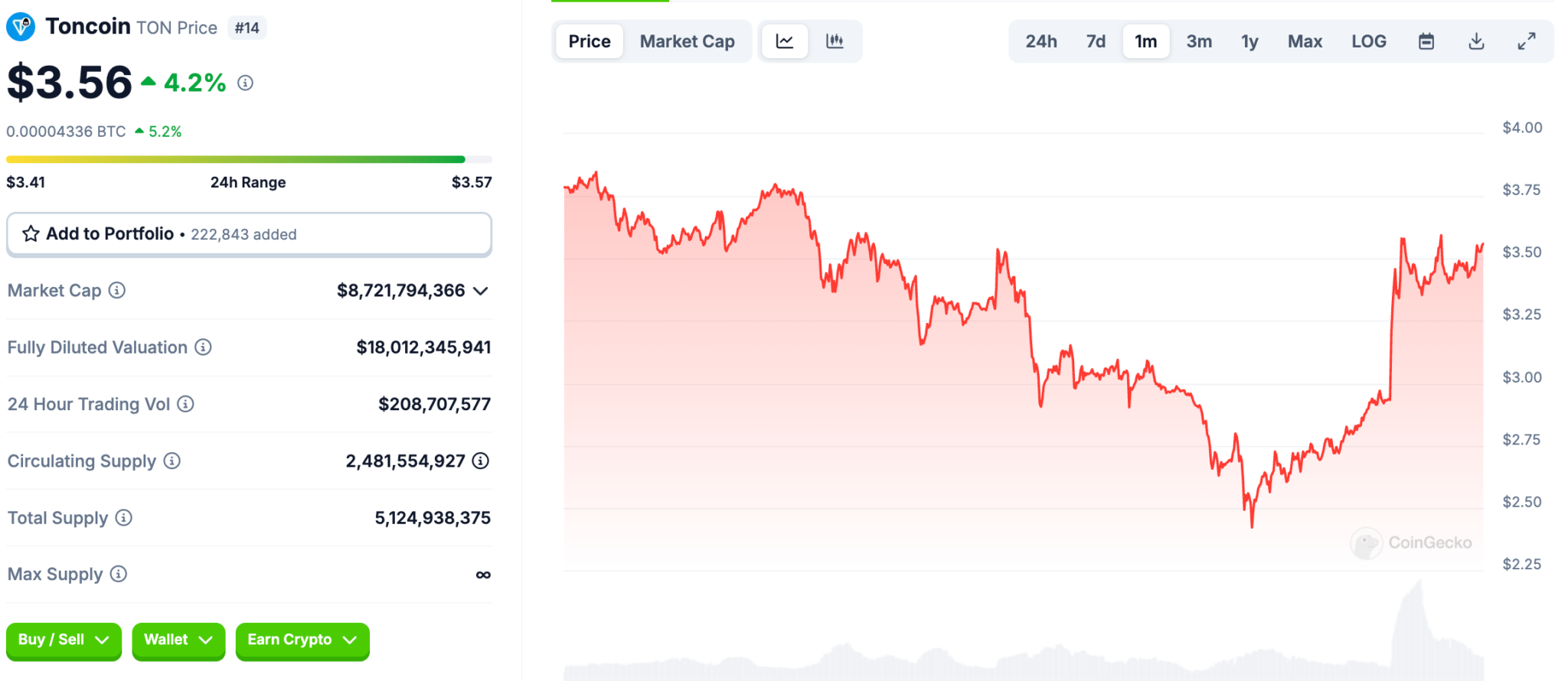
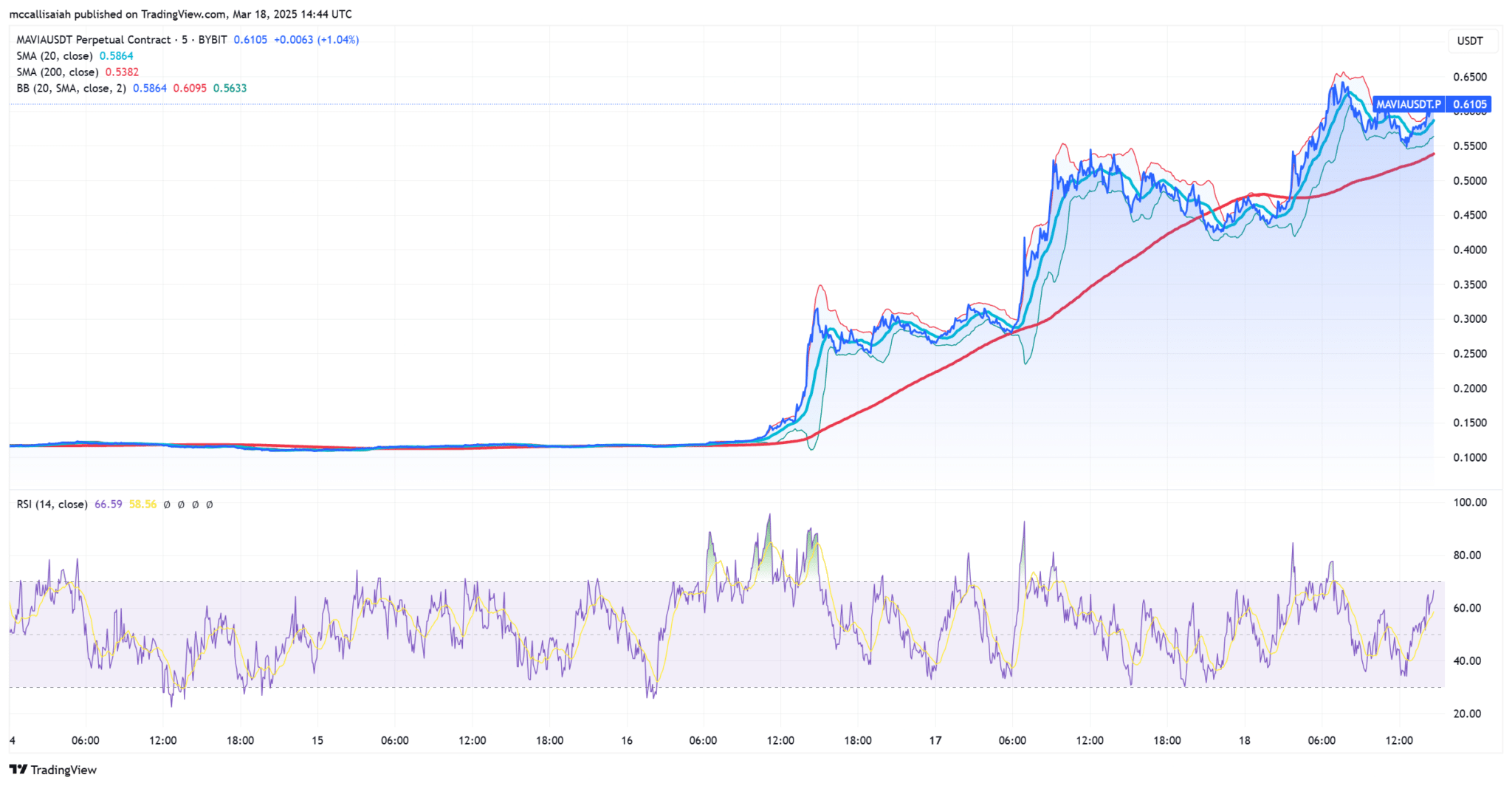




















![Leadership Styles: The 11 Most Common & How to I Found Mine [+ Expert Insights]](https://www.hubspot.com/hubfs/leadership-styles-4.jpg)

![The Ultimate Guide to Community Management [According to Experts Who Do It Daily]](https://knowledge.hubspot.com/hubfs/ft-community.webp)








